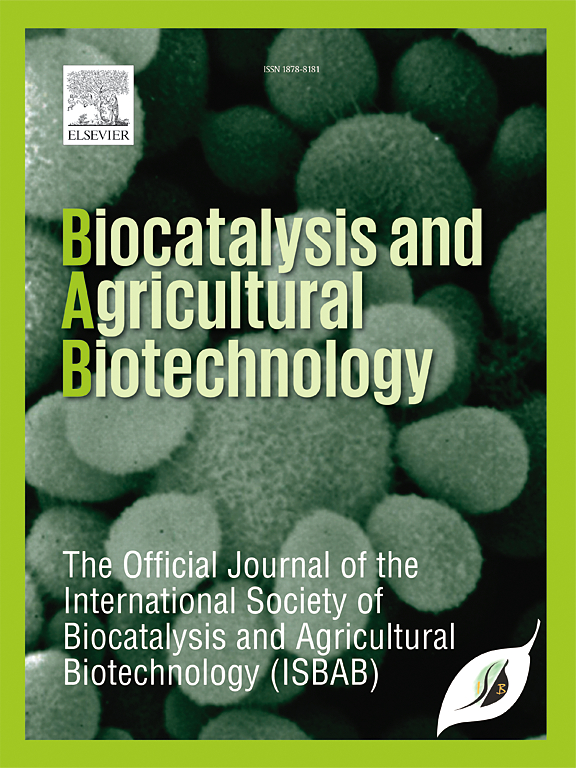2-(3,4-二羟基苯基)-4-((4-甲氧基苯基)亚氨基)-4H-苯并吡喃-3,5,7-三醇的生物学评价:设计、合成和分子对接研究
IF 3.4
Q2 BIOTECHNOLOGY & APPLIED MICROBIOLOGY
引用次数: 0
摘要
本文章由计算机程序翻译,如有差异,请以英文原文为准。
Biological evaluation of 2-(3,4-dihydroxyphenyl)-4-((4-methoxyphenyl)imino)-4H-chromene-3,5,7-triol: Design, synthesis, and molecular docking studies
Plant materials are known to contain a category of naturally occurring compounds referred to as flavonoids. Quercetin is classified as a flavonol, which is present in various parts of plants and serves multiple functions within biological systems. This article outlines the synthesis of quercetin Schiff base (Qpa) through a condensation reaction involving quercetin and p-anisidine, followed by characterization using spectroscopic methods such as FTIR, UPLC, 1H NMR, 13C NMR, elemental analysis, and HRMS. The biological applications of Qpa were investigated through antioxidant assays, anti-inflammatory tests, antibacterial evaluations, cytotoxicity assessments, and molecular docking studies. The results indicated that the 1H NMR and 13C NMR spectra exhibited a distinct peak for OCH3 at 3.66 and 55.73 ppm, respectively. In terms of biological activity, Qpa demonstrated significant antioxidant and anti-inflammatory effects at concentrations of 142.7 μg/mL ± 0.0015 and 247 μg/mL ± 0.0015, respectively. Additionally, Qpa exhibited antibacterial properties comparable to the positive control against both gram-positive and gram-negative bacteria at a concentration of 248 μg. Cytotoxicity studies revealed that Qpa had pronounced effects on MCF-7 and HepG2 cell lines. Furthermore, molecular docking analyses indicated that Qpa displayed high binding energy with AKT, tRNA synthetase, and TNF-α. Future in vivo studies are recommended to elucidate the specific mechanisms of action and to achieve significant results in the pursuit of a novel therapeutic agent.
求助全文
通过发布文献求助,成功后即可免费获取论文全文。
去求助
来源期刊

Biocatalysis and agricultural biotechnology
Agricultural and Biological Sciences-Agronomy and Crop Science
CiteScore
7.70
自引率
2.50%
发文量
308
审稿时长
48 days
期刊介绍:
Biocatalysis and Agricultural Biotechnology is the official journal of the International Society of Biocatalysis and Agricultural Biotechnology (ISBAB). The journal publishes high quality articles especially in the science and technology of biocatalysis, bioprocesses, agricultural biotechnology, biomedical biotechnology, and, if appropriate, from other related areas of biotechnology. The journal will publish peer-reviewed basic and applied research papers, authoritative reviews, and feature articles. The scope of the journal encompasses the research, industrial, and commercial aspects of biotechnology, including the areas of: biocatalysis; bioprocesses; food and agriculture; genetic engineering; molecular biology; healthcare and pharmaceuticals; biofuels; genomics; nanotechnology; environment and biodiversity; and bioremediation.
 求助内容:
求助内容: 应助结果提醒方式:
应助结果提醒方式:


